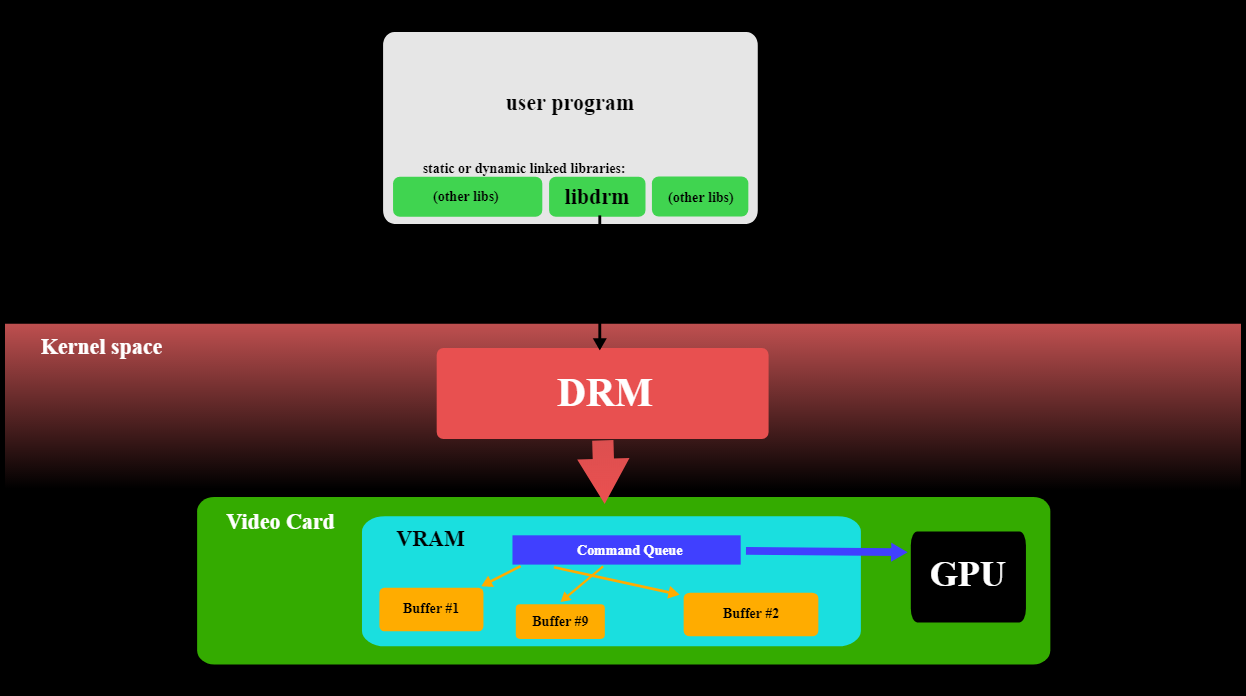Multi-DRM services have different pricing plans and packages for the clients. For example, a standard plan often includes multi-DRM licensing services with native DRM API support for client integration. A standard plus plan offers multi-DRM license service with client SDK support for mobile and OTT devices for easier and faster integration, and a custom plan is based on MAL or MAU. The pricing is calculated based on the needs of the client.
The most common format of pricing for SaaS-based DRM protected content across the industry is based on the Monthly Active License (MAL) model. It is the number of licenses that have been issued for a content provider in a month. As DRM licenses have to be issued for each piece of content and user device, MAL is proportional to the number of users as well as the number of times that they play the content. However, there are a few exceptions to this general assumption. When the same content is played on multiple devices, a new license is issued for each device; streaming the same content multiple times also needs a new license for each playback (downloaded content can be played multiple times with the same license within the license period), and for services that package audio and video tracks separately, two DRM licenses may be issued for each of them.
However, the MAL based pricing model makes prediction of DRM costs difficult for the users and results in significantly higher costs if there is a temporary heavy traffic on the platform. Hence, many DRM service providers have now shifted to a more easy-to-understand and user-based pricing model called Monthly Active User (MAU). MAU is anyone who has played the content protected by DRM at least once within that month. A request to play the DRM content invokes the player to acquire a DRM license from the DRM server. A unique userID has to be created within the DRM licensing request parameter. For services which do not manage user IDs, other identification values such as device ID and session ID can also be set. A minimum monthly fee is charged for a certain number of users, say 1000 active users, and an additional per-user-fee is charged if MAUs go beyond the number included within the minimum fee.













